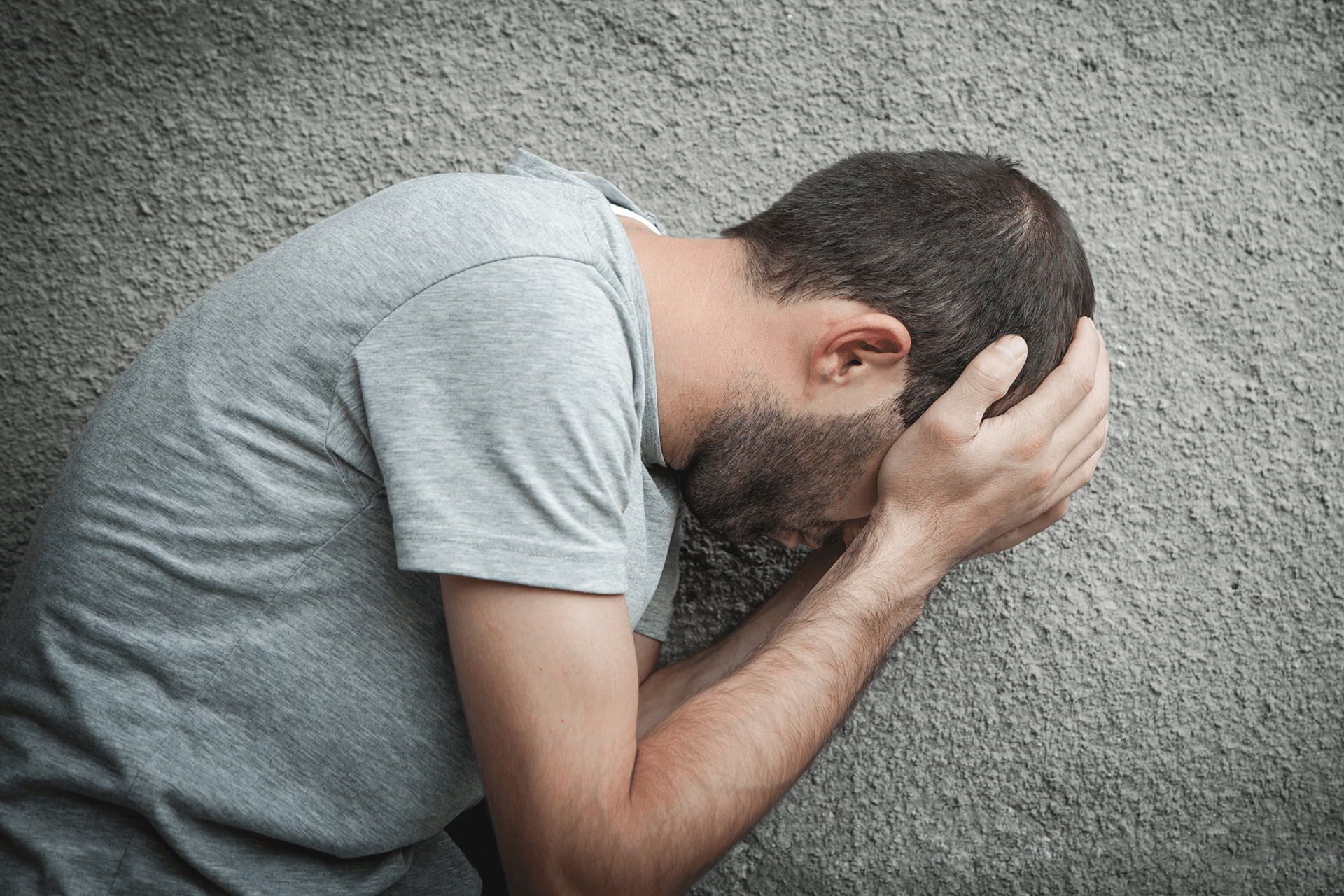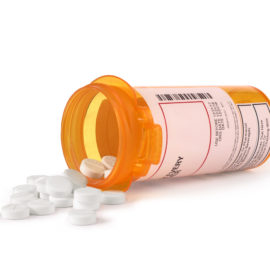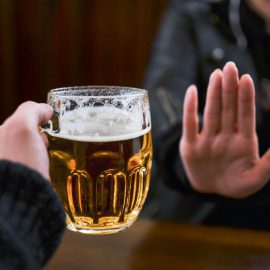The opioid epidemic, also known as the opioid crisis, describes the dramatic rise in the excessive use, abuse of opioids and opiates since the 1990s, as well as the associated overdose deaths.
Read on to discover what started the opioid epidemic and how this crisis continues and evolves. You can also find out how you can get help if someone you know is addicted to this class of medication.
Opioid Crisis Overview
The U.S. opioid epidemic is an evolving public health crisis that’s unfolded over several decades, beginning in the late 1990s. Initiated by the widespread over-prescription of opioid painkillers like oxycodone and hydrocodone for those with chronic pain, the crisis was driven by the misleading claims of pharmaceutical companies regarding the non-addictive nature of opioids. This misinformation led to a surge in prescription opioid misuse, setting off the first wave of the epidemic that has claimed more than one million lives in the past two decades.
The situation gained traction when a 2011 press release from CDC (Centers for Disease Control and Prevention) included a comment from then-director Thomas Friedman, MD. about an “epidemic of overdoses.” This acknowledgment spurred the healthcare and public health systems into action, resulting in stricter prescribing guidelines and legal restrictions aimed at curbing opioid misuse. While these efforts saw some success in stabilizing prescription opioid-related deaths, the rates did not significantly decrease in a sustained manner. Also, despite these early warnings from CDC, it was not until 2017 that the opioid epidemic was declared a public health emergency.
Indeed, as prescription controls became stricter, a second wave emerged in 2010 that was marked by a sharp uptick in heroin use and deaths related to this illicit narcotic. Many people who became dependent on opioids sought alternatives when unable to refill prescriptions or unable to afford the ongoing cost of prescription opioids.
Drug traffickers pounced on this phase of the opioid crisis to flood the market with heroin, followed by a shift toward fentanyl – a synthetic opioid 50 times stronger than heroin and much easier to produce and smuggle. The introduction of fentanyl marked the epidemic’s third wave in 2013, triggering an unprecedented spike in overdose deaths due to the extreme potency of fentanyl and its analogs.
By 2015, a fourth wave had begun, a phase of the crisis associated with by the lethal combination of fentanyl and stimulants.

When Did the Opioid Epidemic Begin?
The opioid epidemic began in the late 1990s when pharmaceutical companies began marketing opioids to healthcare providers on a nationwide scale, falsely claiming that these medications were not addictive. This led to a significant increase in prescriptions for pain management, setting the foundation for widespread misuse and the subsequent public health crisis that continues to evolve today.
Opioid Epidemic Timeline
- First wave: The onset of the epidemic in the 1990s was mainly fueled by an increase in the prescribing of opioids for the management of chronic pain. This led to a rise in overdose deaths linked to prescription opioids, including natural and semi-synthetic opioids, as well as methadone. The liberal prescribing practices of the time laid the groundwork for the widespread misuse of these medications.
- Second wave: In 2010, the epidemic took a deadly turn with a sharp increase in heroin-related overdose deaths. This wave was partly attributed to efforts to control prescription opioid abuse, which inadvertently drove some people towards cheaper and more accessible heroin as an alternative, and partly by those addicted to prescription opioids who were unable to continue accessing the medication despite still requiring pain relief.
- Third wave: The situation worsened in 2013 with a surge in deaths involving synthetic opioids, particularly illicitly-manufactured fentanyl. Fentanyl, far stronger than heroin or prescription opioids, has been found mixed with heroin, counterfeit pills, and cocaine, contributing to its deadly impact.
- Fourth wave: Starting in 2015, the epidemic pivoted once again, with rising fatalities involving fentanyl combined with stimulants. This phase highlights the evolving and increasingly dangerous nature of opioid abuse, with many people unknowingly consuming fentanyl when using other substances.
Opioid Epidemic Statistics
The following opioid epidemic statistics sourced from NIDA (National Institute on Drug Abuse) illustrate the scope and severity of the crisis:
- Total overdose deaths: In 2021 alone, there were over 106,000 drug-involved overdose deaths reported in the U.S.
- Gender disparities: Approximately 69% of overdose cases occurred among males, showing a significant gender disparity in drug-related fatalities.
- Rise of synthetic opioids: Deaths involving synthetic opioids, especially fentanyl, spiked dramatically from 2015 to 2021, increasing by a magnitude of eight.
- Opioid-related deaths: The opioid crisis continues to escalate, with more than 80,000 deaths attributed to opioids in 2021. This includes prescription opioids, synthetic opioids like fentanyl, and heroin.
- Stimulant-related deaths: Alarmingly, deaths involving stimulants like cocaine and meth have risen sharply in 2015, reaching 53,495 in 2021.
What Is Causing the Opioid Epidemic?
The deceptive marketing tactics of pharmaceutical companies like Purdue Pharma were one of the main reasons for the opioid epidemic getting underway. The situation escalated in the late 1990s with the over-prescription of opioid painkillers, underpinned by statements from companies like Purdue Pharma that minimized the addiction risks associated with their products.
A pivotal moment in public response to the opioid crisis was the lawsuit by the state of Oklahoma against Purdue Pharma. Oklahoma accused the company of initiating the opioid epidemic by marketing opioids aggressively and making deceptive claims about their addictiveness. One particularly controversial marketing tactic was the redefinition of “substance use disorder” as “pseudo addiction,” suggesting that the solution to addiction symptoms was even more opioids. In a landmark 2019 settlement, Purdue Pharma agreed to pay $270 million to Oklahoma, earmarked for addiction research and treatment.
This settlement set a precedent, with other states like California pursuing similar legal actions against Purdue Pharma and other opioid manufacturers. The legal challenges against Purdue Pharma and other pharmaceutical companies have resulted in Purdue paying billions of dollars in damages, a public acknowledgment of the role these companies have played in the epidemic.
While it has been established that big pharma played a role in the initiation of the opioid epidemic, today it continues unabated largely due to the role of fentanyl, a drug so powerful that just a few grains represents a fatal dose. So, what can be done about this ongoing crisis?
What Can Be Done About the Opioid Epidemic?
Fighting the opioid crisis needs a detailed plan that covers all bases.
- Ongoing action against fentanyl: Fentanyl remains the primary driver of the opioid epidemic in the U.S. Targeted law enforcement, public education, and harm reduction strategies must continue.
- Stricter monitoring of prescription opioids: Doctors should monitor those engaging with opioid therapy closely to lower the chance of these drugs being misused.
- Teaching everyone about the dangers: Educating both medical professionals and the general public about how addictive opioids can be and to promote safer ways to use and prescribe them requires ongoing efforts. Learning about other ways to manage pain without opioids is also key.
- Making treatment more available: Anyone who develops an opioid addiction should find it easy to access professional help. This may include medication-assisted treatment, talk therapy, and support groups to aid in recovery and prevent deaths from overdose.
- Funding research: Investing in studies to find non-addictive pain relief options and to understand addiction more fully might lead to new and effective ways to treat and prevent drug misuse.
- Easier access to naloxone: Making naloxone, a drug that can reverse an opioid overdose, more readily available to emergency workers, healthcare centers, and even the public can save lives in crisis situations.
- Better monitoring of drug overdoses: Improving systems that keep an eye on overdose patterns and the success of different interventions can help shape effective policies and health responses.
- Community programs: Supporting local efforts that tackle underlying issues like education, jobs, and housing can address some of the root causes of drug abuse.
FAQs
What is the opioid epidemic?
The opioid epidemic refers to the widespread misuse of opioid medications, leading to an unprecedented increase in addiction, overdoses, and deaths in the United States. The opioid epidemic was declared a public health emergency by President Trump in 2017.
What caused the opioid epidemic?
The opioid epidemic was caused by a combination of factors, including an onslaught of deceptive marketing by pharmaceutical companies that downplayed the addictive nature of opioid painkillers, over-prescription by healthcare providers, and economic and social factors that made certain demographics more vulnerable to addiction.
Is the opioid epidemic over?
The opioid epidemic is not over. Despite efforts to control the crisis through policy changes, prescription monitoring programs, and increased access to addiction treatment, the United States continues to see high rates of opioid misuse and overdose deaths.

Get Treatment for Opioid Addiction at Gratitude Lodge
Even though the abuse of prescription opioids is becoming a less widespread problem in the United States, the opioid epidemic is not over – indeed, it is now entering a fresh fourth wave, with people abusing fentanyl in combination with stimulants like cocaine or meth.
Begin your recovery from opioid use disorder with supervised detox at one of our luxury facilities located in Long Beach and Newport Beach, CA.
Following detox, you’ll transition to ongoing inpatient treatment. Over a month or so, you’ll engage with personalized treatments that include:
- Holistic treatments
- Individual counseling
- Talk therapy
- MAT (medication-assisted treatment)
- Group therapy
- Family therapy
- Aftercare and support
Call 800-994-2184 for immediate assistance addressing opioid addiction in Southern California.




























